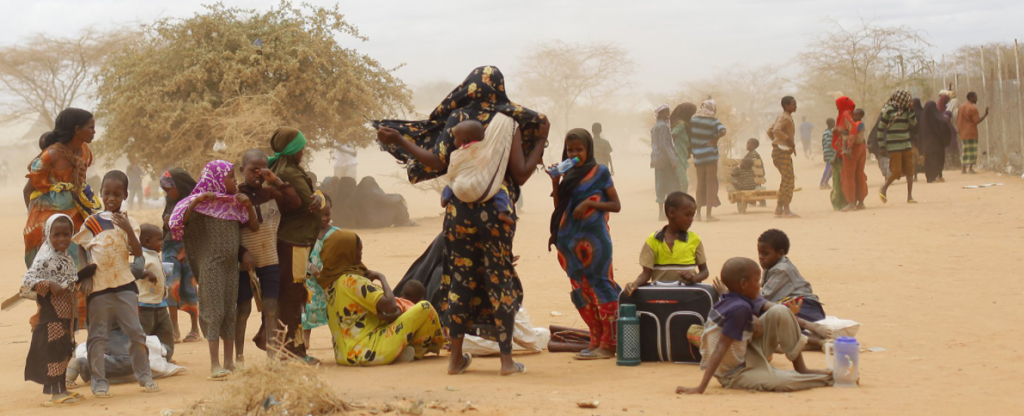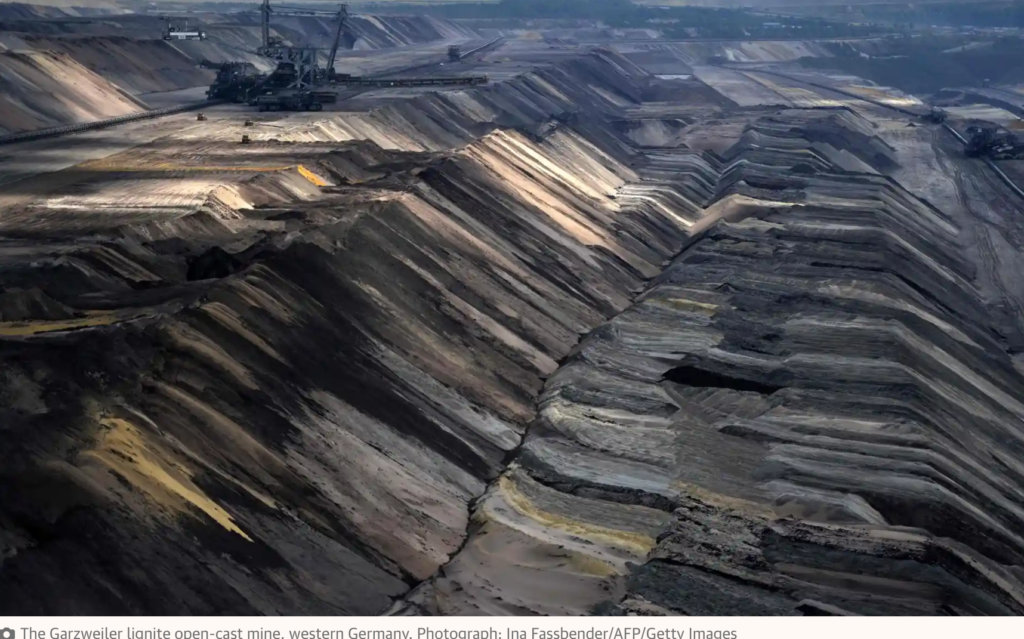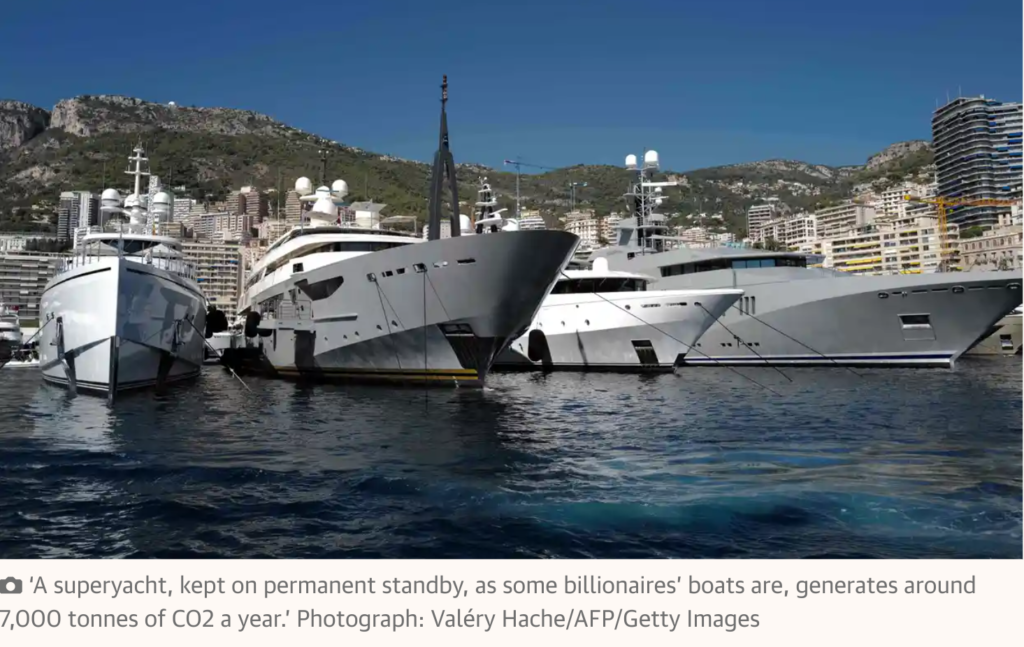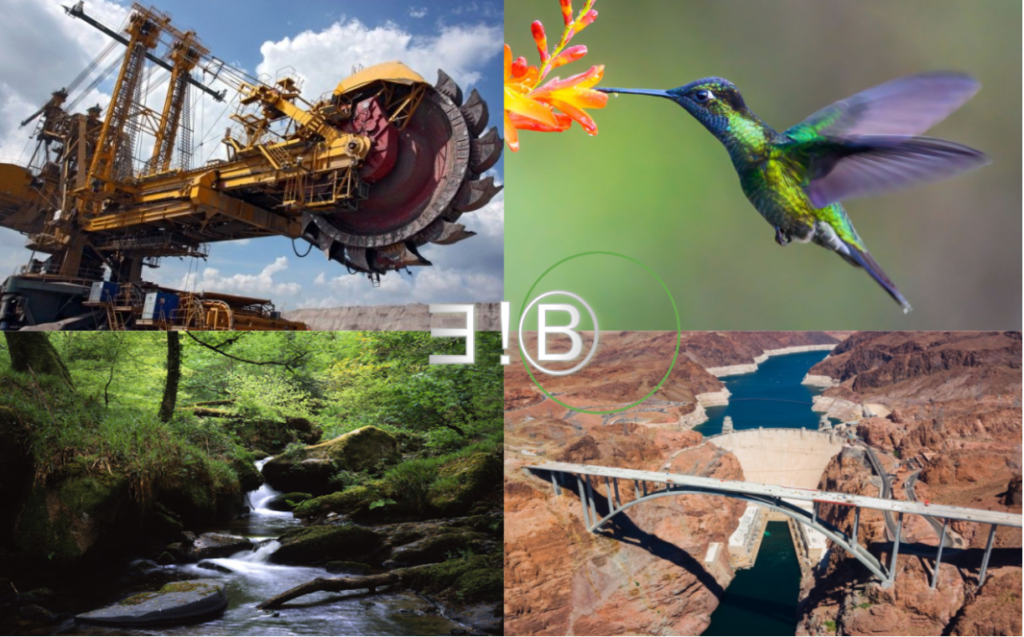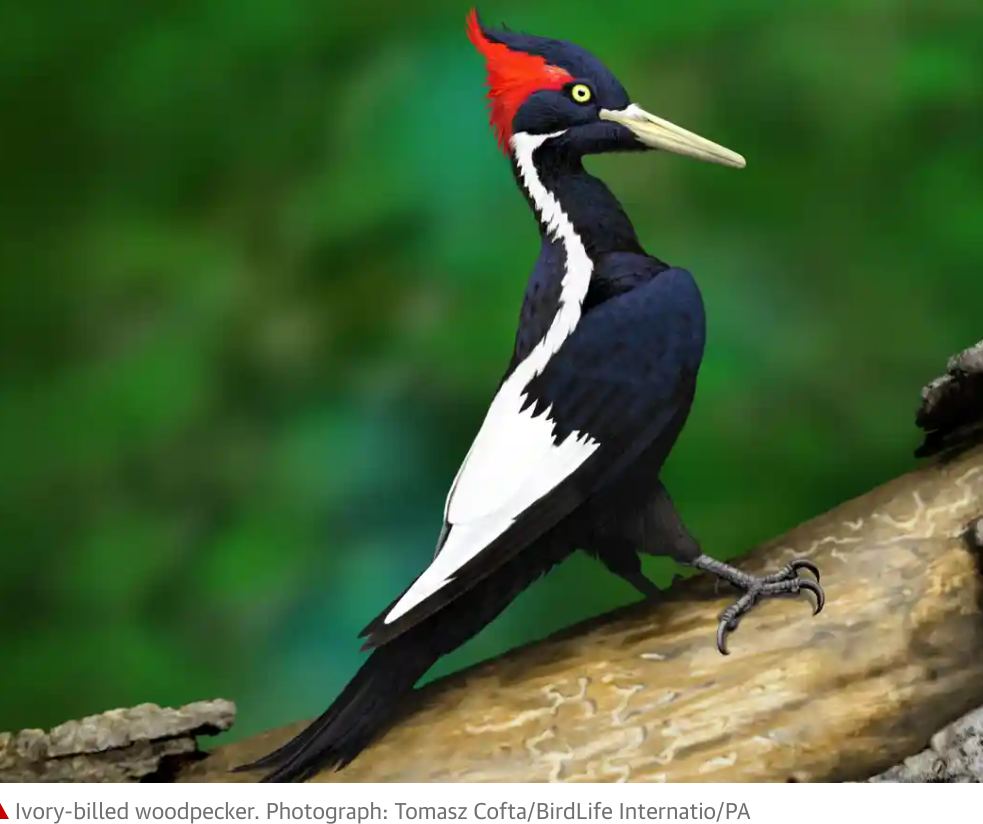On May 27, 2021 the Australian Federal Court found something it never has before: a Duty of Care by the Minister for the Environment to Australia’s young people not to cause them physical harm in the form of personal injury from climate change. Conservationists lauded it as “a landmark judgement on climate change, marking an important moment in our history”.
The language used in the judgement is graphic:
“It is difficult to characterise in a single phrase the devastation that the plausible evidence presented in this proceeding forecasts for the children.
As Australian adults know their country, Australia will be lost and the world as we know it gone as well.
The physical environment will be harsher, far more extreme and devastatingly brutal when angry. As for the human experience – quality of life, opportunities to partake in nature’s treasures, the capacity to grow and prosper – all will be greatly diminished.
Lives will be cut short. Trauma will be far more common and good health harder to hold and maintain.
None of this will be the fault of nature itself. It will largely be inflicted by the inaction of this generation of adults, in what might fairly be described as the greatest inter-generational injustice ever inflicted by one generation of humans upon the next.
To say that the children are vulnerable is to understate their predicament.”
PLEASE NOTE: I am not a lawyer! I advise anyone interested to read the full text and some extracts at end of this post.
The Case
The class action case was brought on behalf of all Australian children and teenagers, against the Australian Environment Minister Sussan Ley (and Vickery Coal Pty Ltd as a second respondent) .
Their aim was to prevent Ley from possibly approving a coal mine project, near Gunnedah in New South Wales. They argued that approving this project would endanger their future because of climate hazards, including causing them injury, ill health, death or economic losses.
The case – “Sharma by her litigation representative Sister Marie Brigid Arthur v Minister for the Environment [2021]” was heard by Judge Bromberg of the Victorian Registry of the Federal Court of Australia.
Judge Bromberg’s summary of the case is at the end of this post.
The Result
The judgement is narrow in one sense; it orders the parties to come back to court to answer questions and make suggestions. It denies the children’s request to stop development of the mine and leaves that decision to the Minister.
But the breakthrough (in my non-legal opinion) is in the following points:
The judge has formally declared that the Minister (i.e. the Government) has a Duty of Care to the children of Australia. “By reference to contemporary social conditions and community standards, a reasonable Minister for the Environment ought to have the Children in contemplation when facilitating the emission of 100 Mt of CO2 into the Earth’s atmosphere. It follows that the applicants have established that the Minister has a duty to take reasonable care to avoid causing personal injury to the Children when deciding … to approve or not approve the … Project”.
The scientific basis for the findings is part of the judgement and now becomes legal precedent. It is also a good primer on climate change for anyone still not convinced of the science. (The diagram below is one of many in the judgement)
The Minister for the Environment (i.e. the Australian Government) did not challenge any of these scientific facts: “Looking to the future, the Minister accepts that under all future emission scenarios, it is very likely that: (a) average temperatures will continue to increase and Australia will experience more heat extremes and fewer frosty days; (b) extreme rainfall events will become more intense; (c) southern and eastern Australia will experience more extreme fire-related weather; (d) the time in drought will increase over southern Australia; (e) sea levels will continue to rise throughout the 21st century, with increased frequency of storm surge events; and (f) oceans around Australia will warm and become more acidic. The Minister also accepts that the projected effects of climate change vary depending upon the extent of global emissions of greenhouse gases in coming years.”
By logical extension the Duty of Care extends to ALL CHILDREN: “although the applicants did not press for relief in relation to children residing outside of Australia, those children remain represented persons in the proceeding”.
And finally; the legal precedents for this judgement have been researched and recorded. I have not read this section of the judgement and do not intend to 🙂
The Future – Options – (Please note again; I am no lawyer!)
The Minister may approve the mine extension anyway. Certainly the company sounds optimistic. The minister may also be influenced in this decision by more immediate political reasons: “One of the Coalition’s most senior women, the federal environment minister Sussan Ley, is expected to face a challenge in her rural New South Wales seat of Farrer amid allegations of “toxic” branch-stacking by far-right conservatives in the seat” (from this article)
A possible appeal to the High Court of Australia
Some other agreement after the responses requested by Judge Bromberg.
The meme “Duty of Care” will remain !
The 1bio story is: “We have a “Duty of Care” to the children of today”
I simply took the words of the judgement and extended it in two ways; first by including all children (which is already there) and second by including all adults as the holders of that duty. Sure it is the Minister and her equivalent, elected or appointed, officials who have the power to make these decisions. But it is us who have the power, through voting and other civil action, to influence the elections and appointments.
Time is short
The second half of this century, going into 2100, seems a long way off. That’s how it feels. Plenty of time to look at alternatives, develop new technologies, and do some more studies.
But it’s less than 80 years away! Most of us expect to live close to, or beyond, our 80’s. In 2100 the children of today will be old and will have children and grandchildren. All of them will have to cope with the decisions we make today. Today they are essentially powerless. We owe them this Duty of Care and use our power to make the right decisions for them. We adults are expected to care for our children and prepare them for life in general. So clearly we also need to leave them a viable biosphere.
Looking backwards we are shaped by the decisions made 80 years ago. 1940 is not so long ago for those of us who are nearing, or in, our 80’s. All of us are shaped by the decisions of those days; from Katyn, Auschwitz-Birkenau and Dunkirk to Daisy Duck, Bugs Bunny and Captain America.
The adults of 2100 will be shaped by our decisions now, but in an additional dimension because the effects will not be confined to the universe of human ideas like nations, politics and economics, but will result in changes to “Nature” – to the biosphere.
The “trail of proof” for the story is the detail of the judgement and the extensive references to basic research and analysis. It is telling that this scientific basis was not challenged by the government of Australia!
Other legal stories that came up as I was writing this post:
A duty of care similar to the Australian case was found in the Netherlands in 2015, as a global first. In 2019, the Supreme Court upheld that duty – the Dutch government owed its citizens a duty to reduce emissions in order to protect human rights. The Australian case follows that lead.
A report indicates that a proposed post-Brexit trade agreement between Australia and the UK includes an Investor-State Dispute Settlement (ISDS) scheme, which allows firms to sue governments when they believe policies have left them out of pocket. ISDS is a system of private courts convened in private and arbitrated by judges, allowing firms to bypass domestic civil courts. The original intent was to protect international companies from seizure of their assets in the aftermath of a coup or by a rogue state, for example a mine being nationalized without reasonable compensation. Recent ISDS cases include a Swedish energy firm suing Germany for policies that cut water pollution; a US drugs firm suing Canada for trying to reduce medicine prices; a French multinational suing Egypt for increasing its national minimum wage and the Dutch government is being sued in these courts for phasing out coal power
A California politician is taking steps to declare a fish legally extinct. The Delta smelt originates in the San Francisco Estuary and grows to about 4 inches. They are considered threatened under the Federal Endangered Species Act. The fish is at the center of a battle between farmers and environmentalists. Smelt species protections mean a larger water flow through rivers and eventually to the Pacific, and less for farmers. The fish has teetered on the edge of extinction for years. The politician argues there is no reason to wait any longer to call the fish extinct, not when water is so important in the central San Joaquin Valley. “We can’t let a technicality or government regulation get in the way of what our whole economy relies on,” he said. “Our economy relies on water.”
Declaring a species legally extinct so that it needs no further protection is truly dystopian in scope. I leave it to you to explore how far that thought can be taken…
Note 1 – Quotes from the Judgement
[In 2016]”…, Whitehaven applied to the Minister to expand and extend the Approved Project in accordance with s 68 of the EPBC [Environment Protection and Biodiversity Conservation] Act. Vickery replaced Whitehaven as the proponent of the Extension Project on 17 July 2018. If approved, the Extension Project would, amongst other things, increase total coal extraction from the mine site from 135 to 168 million tonnes (Mt). When combusted, the additional coal extracted from the Extension Project will produce about 100 Mt of CO2.
The Minister has before her the decision to approve or refuse the Extension Project under s 130(1) and s 133 of the EPBC Act. This proceeding concerns that decision.
In this proceeding the applicants claim that the Minister owes each of the Children a duty to exercise her power under s 130 and s 133 of the EPBC Act with reasonable care so as not to cause them harm. That duty of care is said to arise by reason of the existence of a legal relationship between the Minister and the Children recognised by the law of negligence.
The applicants apprehend that the Minister will fail to discharge the duty by exercising her discretion in favour of the approval of the Extension Project. The applicants seek declaratory and injunctive relief designed to preclude the Minister from failing to discharge the duty of care they claim she has.
The particular harm relevant to the alleged duty of care is mental or physical injury, including ill-health or death, as well as economic and property loss. The applicants assert that the Children are likely to suffer those injuries in the future as a consequence of their likely exposure to climatic hazards induced by increasing global surface temperatures driven by the further emission of CO2 into the Earth’s atmosphere. The feared climatic hazards include more, longer and more intense bushfires, storm surges, coastal flooding, inland flooding, cyclones and other extreme weather events.
The applicants allege that such harm will occur in the future and mainly towards the end of this century when global average surface temperatures are forecast to be significantly higher than they are currently. Broadly speaking, it is at that time that, unlike today’s adults, today’s children will be alive and will be the class of persons most susceptible to the harms in question. Indeed, the applicants say that today’s children will live on Earth during a period in which, if CO2 concentration continues to increase, some harm is very probable, serious harm is likely and cataclysmal harm is possible. This seems to be the basis for the proceeding being directed to providing relief to children, as distinct from all persons. On this basis, the applicants say that the Children are vulnerable to a known, foreseeable risk of serious harm, which the Minister can control, but they cannot. In addition, the applicants say that by her position in the Commonwealth Executive, the Minister has special responsibilities to Australian children.The applicants say that if the Minister approves the Extension Project, carbon presently stored safely underground at the mine site of the Extension Project will be extracted, combusted and emitted as CO2 into the Earth’s atmosphere and will materially contribute to CO2 concentration.
The Minister does not dispute that climate change presents serious threats and challenges to the environment, the Australian community and the world at large. However, the Minister denies the existence of a duty of care as alleged.
The risk of harm to the Children is not remote, it is reasonably foreseeable and it is therefore a real risk for reasons already explained. The Minister has direct control over the foreseeable risk because it is her exercise of power upon which the creation of that risk depends. To my mind, there is therefore a direct relation between the exercise of the Minister’s power and the risk of harm to the Children resulting from the exercise of that power. The entirety of the risk of harm flowing from that exercise of power is therefore in the Minister’s control.”
Note 2 – Minister for the Environment
Given the different political systems in the USA and Australia it is difficult to draw an equivalence between the Australian “Minister for the Environment” and the corresponding position in the USA. The closest may be the United States Secretary of the Interior. However Sussan Ley, the current Minister for the Environment, is also the elected lower house member of parliament for the rural New South Wales seat of Farrer. As such she is subject to the same election pressures as any other member of the Australian parliament.
Note 3 – Sister Arthur
As a result of the age of the applicants, the proceedings were brought by their representative, 86 year-old Sister Marie Brigid Arthur, who is a Sister of the Brigidine Order of Victoria. She has been an activist in a number of cases including refugees, the treatment of juvenile offenders, solitary confinement and other matters.
Note 4 – Justice Bromberg
Justice Bromberg is part of the Full Federal Court (similar to a US Federal Court of Appeal). The High Court of Australia, equivalent to the US Supreme Court, is the highest and final court in the land.
Judges on the Australian High Court, and the Federal Courts, have a mandatory retirement age of 70 (vs. lifetime appointments in the US). There are formal qualifications for appointment and the process is similar to that in the US; i.e. nomination and, effectively, appointment by the government in power. However the Australian process has wider input and is a far less public process than in the US.
Note 5 – the case in Justice Bromberg’s words
“In a nutshell, the applicants’ case is that the scientific evidence demonstrates the plausible possibility that the effects of climate change will bring about a future world in which the Earth’s average surface temperature (currently at about 1.1°C above pre-industrial temperature levels) will reach about 4°C above pre-industrial temperature levels by about 2100. Supported by unchallenged expert evidence, the applicants contended that a 4°C future world may come about in one of two ways: first, where the greenhouse effect upon the Earth’s increasing temperature is driven by an approximately linear relationship between increased human emissions of CO2 and increased temperatures, and second, in circumstances where continuing human emissions of CO2 will result in ‘Earth System’ changes, which diminish the Earth’s current ability to reflect heat, absorb CO2, and retain CO2 currently held in carbon sinks, triggering ‘tipping cascades’ which propel the Earth into a 4°C trajectory.”

